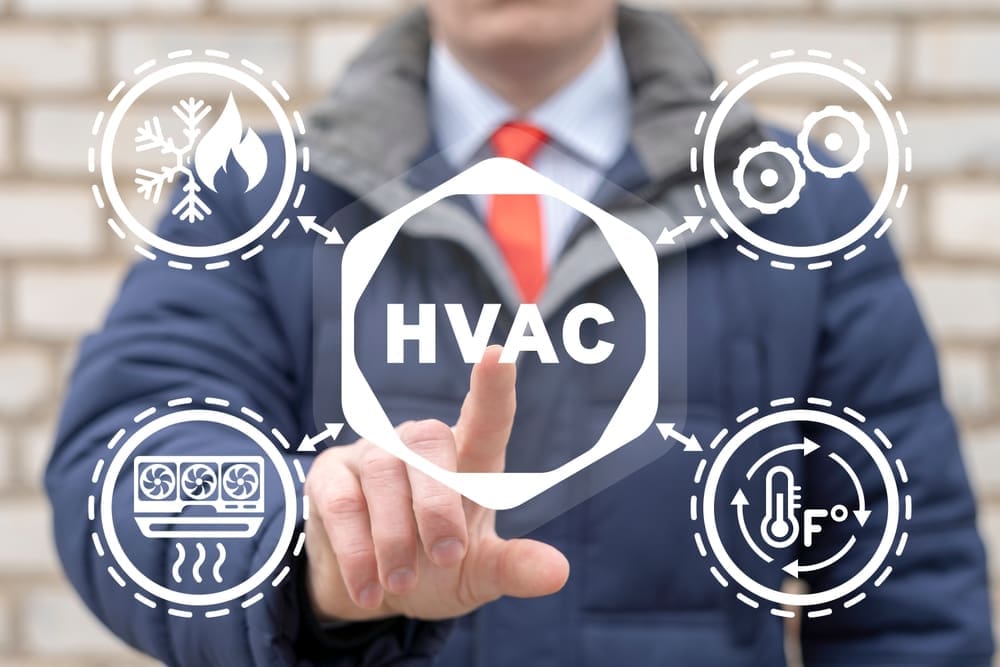As HVAC technology continues to evolve, one option is really standing out for homeowners who want the best of all worlds: comfort, efficiency, and cost savings. Variable speed systems are quickly becoming the go-to choice.
Here at Comfort Connect, we’re dedicated to helping contractors provide solutions that not only save energy but also improve air quality and integrate smoothly with today’s smart homes. If you’re thinking about replacing an old HVAC unit, it’s worth considering moving beyond traditional single-speed systems and stepping into the future with smarter, more adaptable technology.
What Is a Variable Speed HVAC System?
Unlike older HVAC systems that simply turn on or off, variable speed units adjust their airflow and compressor activity based on what’s happening inside the home. Instead of blasting at full power whenever the temperature changes even a little, these systems can run slower or faster to keep the environment steady and comfortable.
You might find it surprising that running longer but at lower speeds actually brings big benefits. It helps control humidity better, reduces energy consumption, and extends the life of the system. This isn’t just theory, Energy.gov confirms that variable-speed motors can cut electricity use significantly, especially in places where temperatures swing a lot throughout the day. Plus, because the system isn’t constantly starting and stopping, the smoother operation reduces wear and tear, which means fewer unexpected repairs down the line.
Why Humidity Control Matters
Humidity is more than just a comfort issue, it impacts health and home quality, too. Too much moisture can create mold, unpleasant odors, and irritate allergies or asthma. On the flip side, dry air can lead to itchy skin and annoying static shocks. Variable speed systems keep humidity right where it should be by running steadily, avoiding the on/off cycles that let moisture build up or dry out too fast.
The EPA actually points to humidity control as a key factor in healthy indoor air, especially for homes with children, seniors, or anyone sensitive to air quality. Plus, the right humidity level protects your furniture, hardwood floors, and electronics, helping your home feel better and last longer.
Energy Efficiency Without Compromise
When it comes to saving on energy bills, variable speed HVAC systems deliver clear advantages. Because they don’t crank at full power all the time, they use much less electricity, which is good news for both your budget and the planet. According to ACHR News, these systems smartly adjust their performance to match what’s needed, cutting down wasted energy.
Less stress on the equipment also means the system lasts longer and breaks down less often, which means fewer service calls and more peace of mind. Add in a high SEER rating, and you’ve got a system that’s built to perform efficiently year after year. And for homeowners with time-of-use billing or utility incentives, variable speed units can optimize operation during off-peak hours to save even more.
Quieter Operation, Smarter Living
One of the less obvious perks of variable speed systems is how quiet they are. Instead of that loud bang and roar when a traditional system kicks on, variable speed units adjust smoothly and almost silently. It’s a subtle difference that makes a big impact on home comfort.
Pair that with smart home compatibility, and now homeowners can control their indoor environment right from their phone or voice assistant. For contractors, offering this kind of tech-savvy solution is a big selling point. Smart sensors can even adapt to whether anyone’s home or what the outdoor weather is like, making sure comfort and efficiency are always optimized. To see how Comfort Connect supports contractors in delivering this next-level technology, check out our Premier Program®.
Replacement Time? Why Variable Speed Is the Better Choice
Deciding when to repair or replace an HVAC system is never easy. Lennox offers some great tips, but here’s the bottom line: if the current system is old, inefficient, or struggles to maintain comfortable temperatures and humidity, switching to variable speed is the way to go.
It’s not just about comfort. This upgrade helps contractors meet rising customer demand for energy-efficient solutions, which is now a trend that’s only expected to grow in 2025 and beyond, according to ACHR News. Recommending these systems also helps contractors stay ahead of evolving building codes and energy standards, making it a smart move for business as well.
Make High-Efficiency Systems Affordable
Through Comfort Connect’s Premier Program®, these advanced HVAC systems become accessible with low upfront costs and flexible financing options. This means contractors can offer top-tier solutions that customers want while growing their own sales and customer satisfaction.
Final Word
Variable speed HVAC systems aren’t just the latest buzz. They’re a practical, quieter, and more energy-smart way to heat and cool homes today and well into the future. From improved humidity control and lower energy bills to smart integration and whisper-quiet operation, they deliver benefits homeowners notice immediately and appreciate over time. Ready to broaden your offerings and keep up in a competitive market? Visit Comfort Connect to learn how we help contractors with the tools, programs, and technology to succeed.










